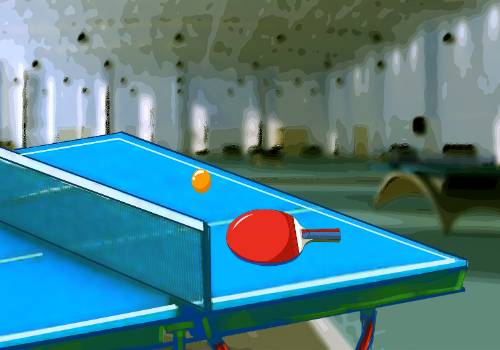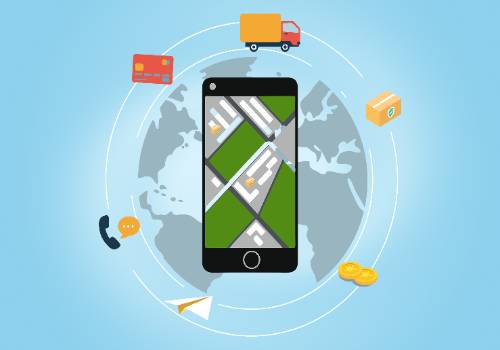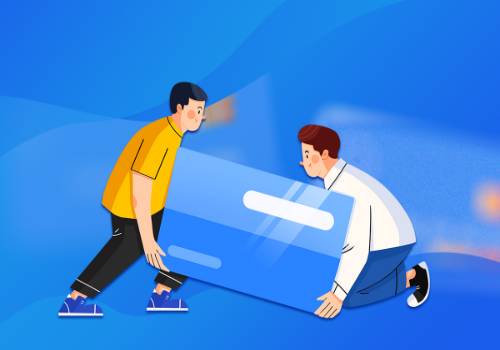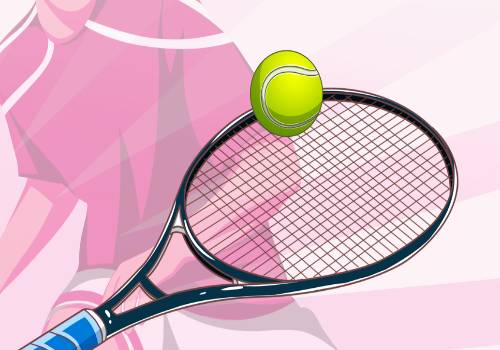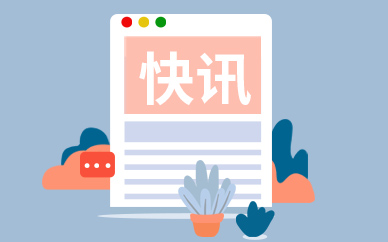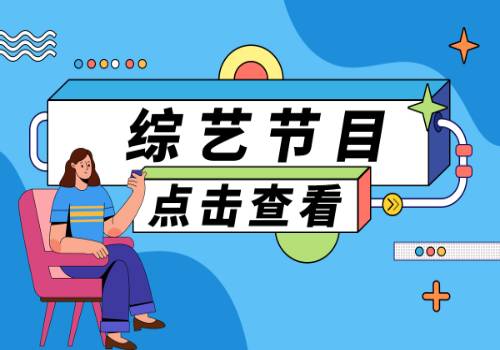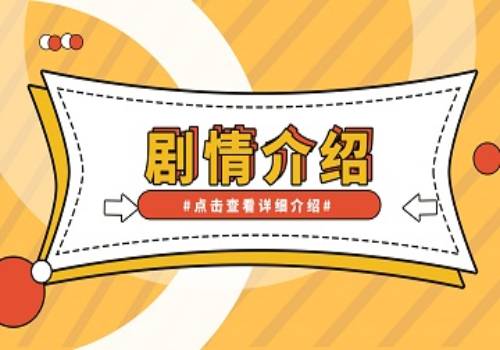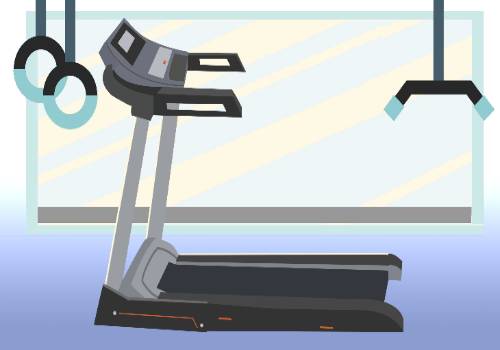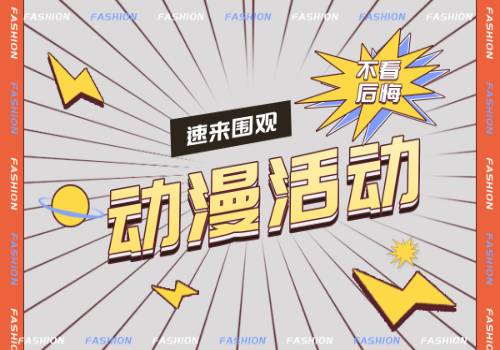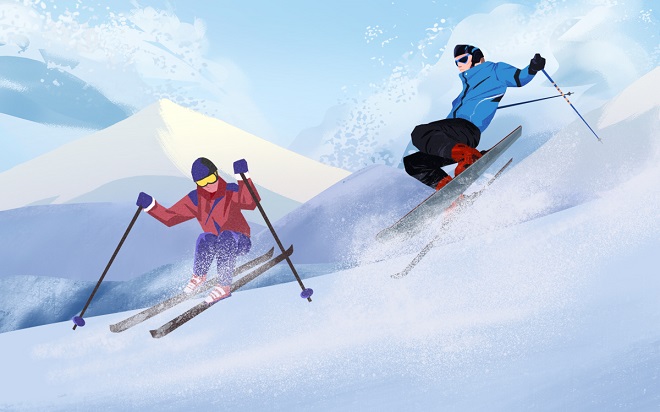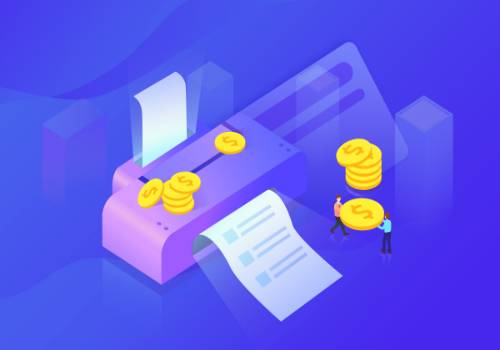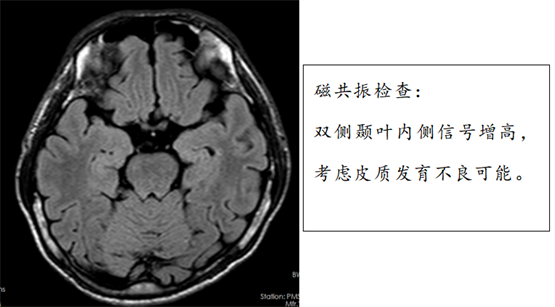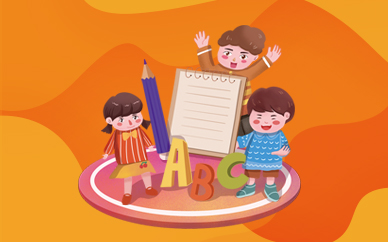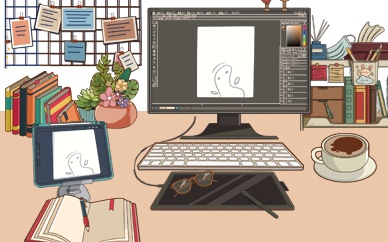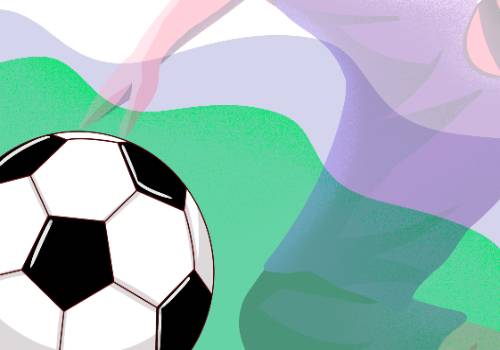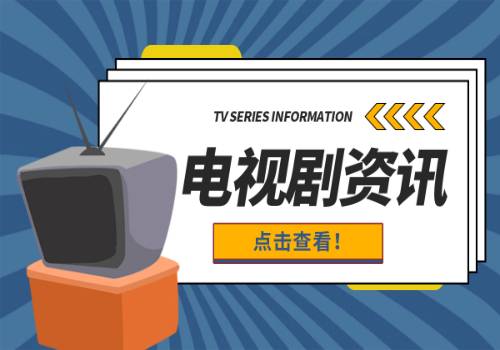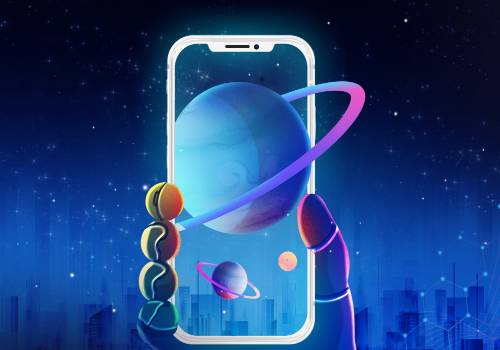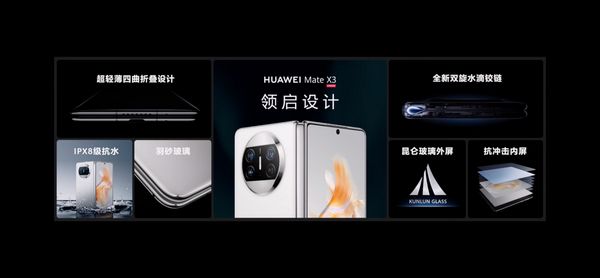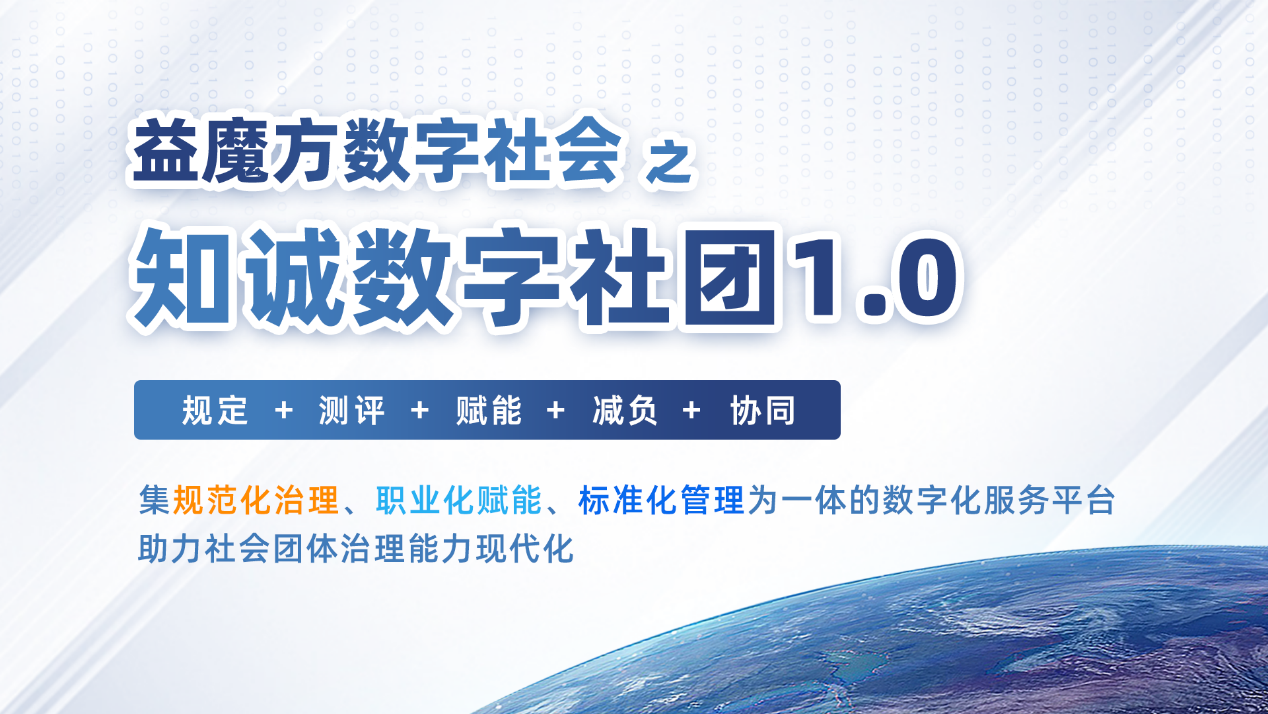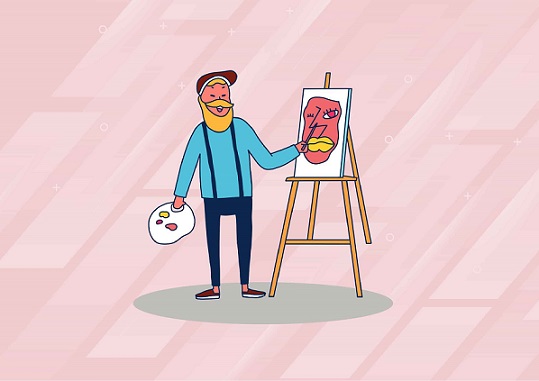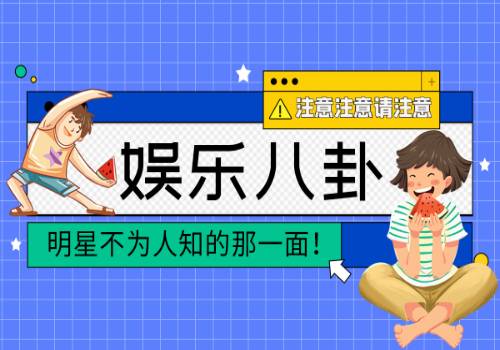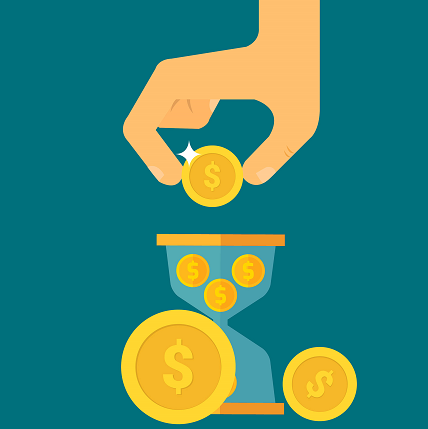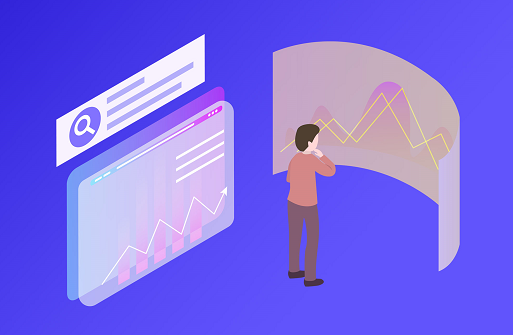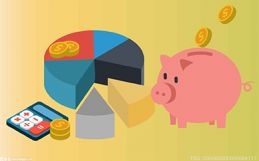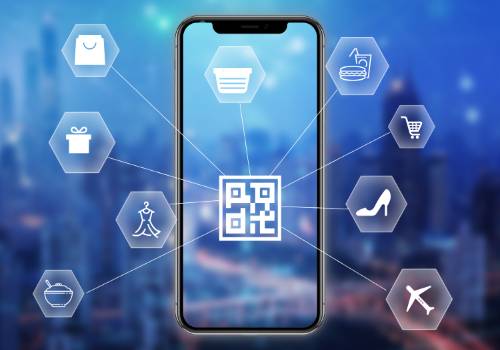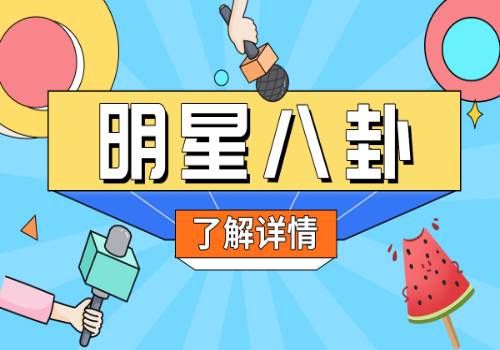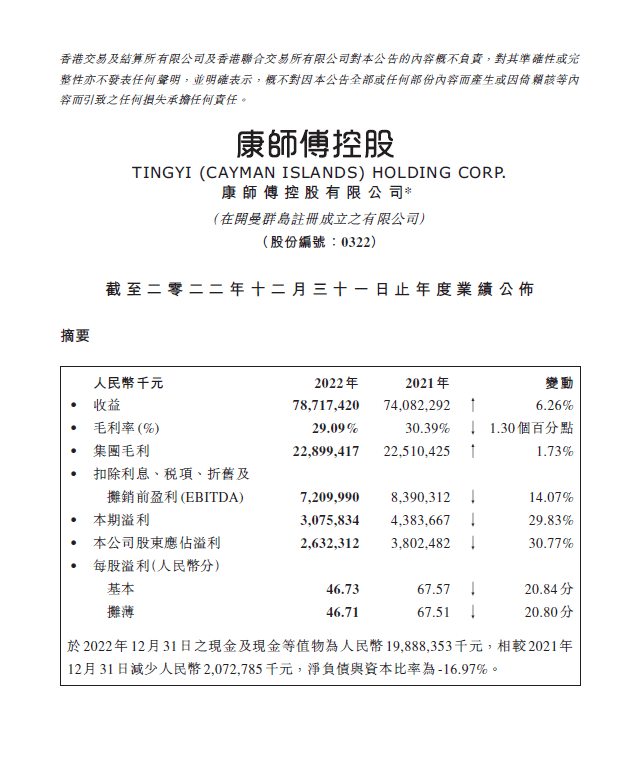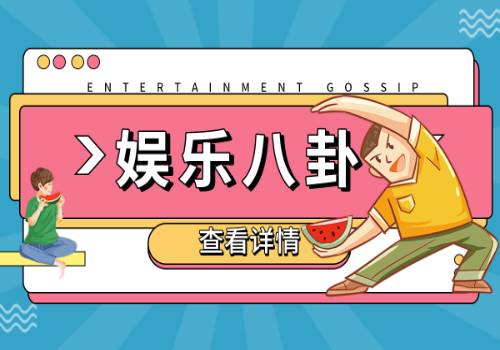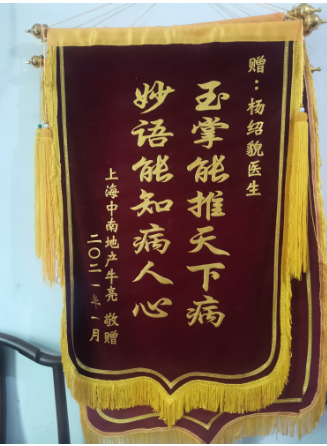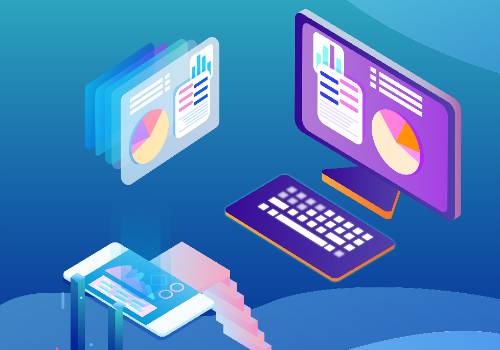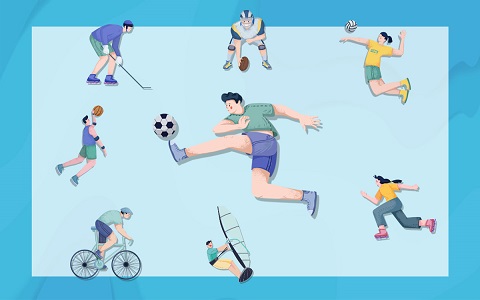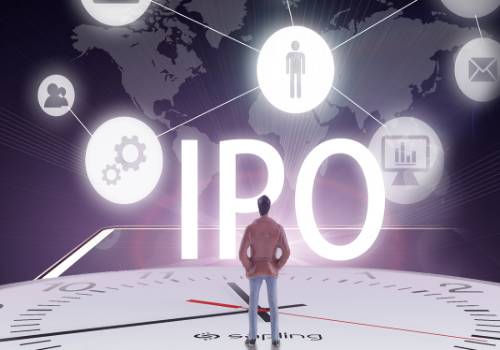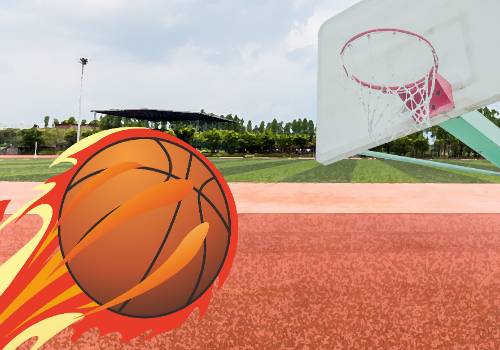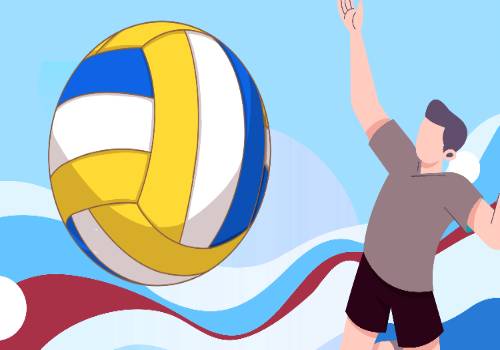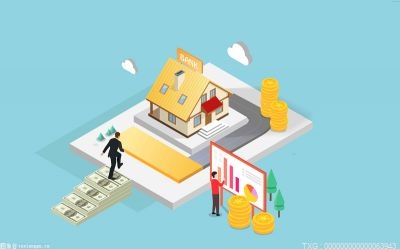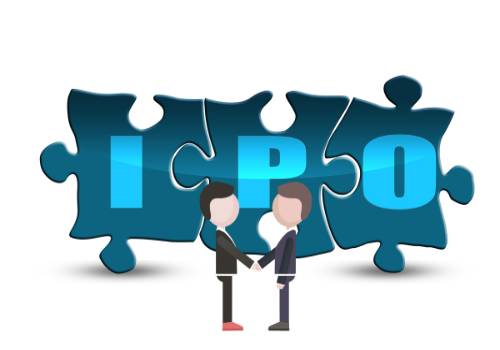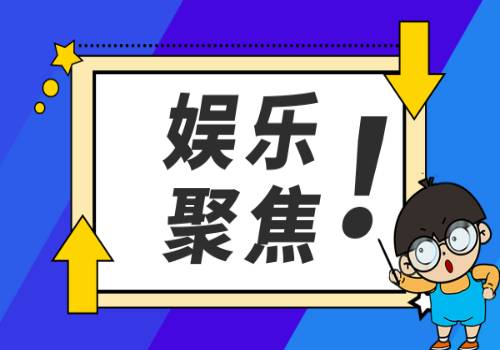1
七年级:环境如何影响文化?
Grade 7: How does environment influence culture?
 【资料图】
【资料图】
标准:
●AERO 5.8.b 描述社会环境(种族、民族、性别、阶级等)如何影响个人对世界的看法和反应
●AERO 4.8.d 解释生活在同一社会的不同文化或种族群体对彼此的影响
●AERO 4.8.e 评估全球化对不同文化和人群的影响
在第二季度中,七年级学生探索了前哥伦布美洲和 15 世纪欧洲的文化。目标是了解不同的环境如何导致截然不同的社会。然后尝试从欧洲人和土著群体的角度来理解探索时代。我们了解了西班牙征服者与阿兹特克和印加帝国之间的早期互动,以了解文化如何塑造观念和反应。然后,学生们通过制作一张地图来分析欧洲征服美洲和随后的哥伦布交流的影响,地图详细说明了探险者的路线、文化之间的冲突和互动以及新旧世界之间交换的商品和思想。学生的地图包括可视化流程图、重大发现以及解释历史变化和意义的段落。最终草稿完成后,七年级学生参观了画廊并评估了同学们的地图,给出了反馈和赞美。通过完成这项任务,学生获得了应变能力、分析能力,并练习向同龄人提供友善和建设性的反馈。过程中,他们获得了对世界文化的欣赏和更深入的了解。
Standards:
·AERO 5.8.b Describe how sociological circumstances (race, ethnicity, gender, class, etc.) influence an individual"s perceptions of and reactions to the world
·AERO 4.8.d Explain the influence different cultural or ethnic groups living in the same society have had on one another
·AERO 4.8.e Evaluate the impact of globalization on different cultures and populations
In quarter two 7th graders explored the cultures of the pre-Columbian Americas and 15th-century Europe. The goal is to understand how various circumstances led to very different societies. Then try to understand the age of exploration from the perspectives of both the Europeans and indigenous groups. We learned about the early interaction between the Spanish Conquistadors and the Aztec and Inca Empires in order to understand how perceptions and reactions are shaped by culture. Students then analyzed the impact of the European conquest of the Americas and the subsequent Columbian exchange by creating a map that details the routes of the explorers, the conflicts and interactions between cultures and the goods and ideas exchanged between the new world and the old. The students" maps included visual flow charts, significant discoveries, and paragraphs that explain historical change and significance. After the final draft was complete 7th graders did a gallery walk and evaluated their classmates" maps, giving feedback and compliments. By completing this task students gained resiliency, analytical skills, and practice in giving kind and constructive feedback to their peers. Along the way, they acquired an appreciation and deeper knowledge of world cultures.
2
八年级:我的智能手机是从哪里来的?
Grade 8: Where did my smartphone come from?
标准:
●AERO 8.8.a 解释采用特定技术的先决条件(社会需求、社会资源、文化态度等)
●AERO 8.8.b 描述科学知识的采用和技术的使用影响文化、环境、经济和权力平衡的过程。
●AERO 8.8.c 评估管理技术应用的法律和政策的必要性。
在第二季度中, 八年级学生通过检查主要来源、分析地图和制定有证据支持的连贯和准确的主张来探索技术革命的影响。我们通过练习时间顺序技能来开始本季度。学生们通过学习如何计算世纪和使用不同的分期模型,学会了如何正确地传达历史事件的顺序。学生通过阐述关于最重要的科学发现或科学家的主张来研究科学革命并练习议论文写作技巧。然后,我们深入研究了 3 次工业革命,并对技术的下一次重大飞跃做出了预测。学生使用 Sutori 时间轴工具整理演示文稿。他们的演讲包括内容丰富的写作、视觉数据、主要资源、互动测验等等!八年级学生通过组织想法并在同学面前展示来锻炼面对困难时的韧性。他们通过与合作伙伴一起创作和展示来获得协作技能,并且在向同学提供友善的反馈和鼓励时变得更加同理心。如果您想查看您孩子关于四次工业革命的 Sutori 时间表,家长可以让孩子登录 Sutori 网络应用程序,看看家长们能不能通过他们的测验!
Standards:
·AERO 8.8.a Explain prerequisites for the adoption of a particular technology (social need, social resources, cultural attitude, etc.)
·AERO 8.8.b Describe the process whereby adoption of scientific knowledge and use of technologies influence cultures, the environment, economies, and balance of power.
·AERO 8.8.c Evaluate the need for laws and policies to govern technological applications.
In quarter two 8thgraders explored the impact of technological revolutions by examining primary sources, analyzing maps, and formulating coherent and accurate claims that are supported by evidence. We began the quarter by practicing our chronology skills. Students learned how to communicate the order of historical events properly by learning how to count centuries and use different periodization models. Students examined the Scientific Revolution and practiced argumentative writing skills by formulating claims about the most significant scientific discovery or scientist. We then dove into the 3 industrial revolutions and made predictions about the next big leap in technology. Students put together presentations using the Sutori timeline tool. Their presentations included informative writing, visual data, primary sources, interactive quizzes and more! 8thgraders gained resiliency by organizing the ideas and presenting in front of their classmates. They gained collaborative skills by creating and presenting with a partner and became more empathic as they gave kind feedback and encouragement to their classmates. If you would like to see your child’s Sutori timeline on the four industrial revolutions, you can have them sign into the Sutori web app. The link is on Teams. See if you can pass their quizzes!
